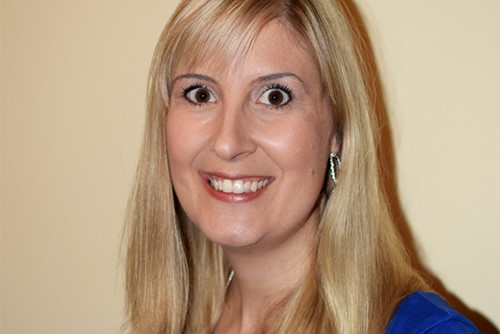

Many non-profits have been busy during the coronavirus pandemic, particularly food banks and those offering services to vulnerable populations, such as seniors, though the crisis has also introduced tons of new challenges for charitable organizations during this time.
A recent report from Imagine Canada noted that 69% of charities have reported decreased revenues, even though demand and capacity have increased for 35% of charities amid the pandemic. This is due to the financial strain being put on the economy due to COVID-19, which in turn has led to reduced donations. Yet for the same reason, non-profits now likely have more individuals that need their services.
Some non-profits that were deemed essential during the shutdowns have remained open, but these organizations now need to consider evolving measures that reduce risk to their volunteers, employees, and those they serve. Meanwhile, “Those that were closed during this time need to stay up to date on regulations, and create and recreate their plans as they look to reopen in the future,” said Heather Schaaf (pictured), underwriting director, executive liability at Burns & Wilcox.
Focusing on reopening plans and safety protocols is particularly critical at the moment. After all, with the added financial and operational challenges that non-profits are experiencing come potential claims, including alleged mismanagement of business operations, improper or misleading disclosure, or breaches of fiduciary duty. Since many people working for non-profits do so on a voluntary basis, these risks are exacerbated during times of economic strain, when a non-profit leader may have a regular 9-to-5 job that they need to focus on and less time to dedicate to the charitable organization.
There’s also the potential of non-profits filing for bankruptcy and facing financial insolvency during this time, explained Schaaf. Indeed, Imagine Canada found that “charities are fairly pessimistic for the future,” with 45% believing their financial condition will worsen over three to six months and just 8% believing it will get better.
To protect against losses stemming from these exposures, non-profits typically carry directors and officers (D&O) insurance and employment practices liability (EPL) insurance. To protect against EPL-related exposures during this time, non-profits should ensure that they’re following the same health and safety guidelines for their volunteers as they are for any traditional employees.
One step that Schaaf recommends specifically for organizations working with seniors is to give thoughtful contemplation to how they might respond in the event of a resurgence of the pandemic and make a plan to address the potential of its return down the road.
“Depending on their size, some of the non-profits in the medical healthcare field probably already do have a pandemic response plan and, if they did, they should evaluate how well it worked and what’s going to need improvement and then make those updates,” she said. Needless to say, they don’t want the organization scrutinized for improperly responding or failing to adequately prepare for the second wave of COVID-19 that could open them up to a D&O mismanagement claim.
Other considerations include communicating changes to staff in a timely manner, and ensuring that HR policies and procedures reflect current government guidelines for reopening. Non-profits should also make sure that they’ve got a business continuity plan and extended work from home preparedness plans. If they already had them, Schaaf notes that they should take another look at these plans before they reopen since this pandemic has such wide-reaching effects that a lot of businesses’ plans weren’t broad enough to begin with.
For non-profits offering meal and grocery delivery, transportation, home healthcare, hospice, and other services focused on at-risk populations, they also need to evaluate their service methods and potentially consider using contactless delivery, for example, or evaluate telehealth options. Providing enough personal protective equipment is also important, added Schaaf.
At the same time, non-profits need to understand how to mitigate against risks that arise from any newly introduced protocols. For example, if they monitor employees and volunteers for signs of illness, there are potential privacy-related issues that can come up, as well as the fact that their HR expertise might be limited when implementing sensitive procedures.
Considering the various exposures, non-profits need to ensure that they have EPL and D&O coverages in place ASAP, if they don’t already. And, added Schaaf, “If they do have a renewal that’s pending … they need to not delay working on that renewal. They need to be sure to give clear and current data to the underwriting team that’s working on it so that they can accurately assess that risk, and they should expect that underwriters are going to take a hard look at their financial condition and their HR practices.”
Non-profits likewise need to look at their supplemental coverages and double-check the language on their policies, specifically on endorsements and exclusions, to make sure that they’re purchasing the broadest coverage that’s available. If they had prior cover, they need to, at a minimum, keep their current limits and not let their policy lapse.
Moreover, non-profits likely already had limited budgets before the pandemic hit that are now under further pressure. As a result, brokers should help them steer clear of forgoing insurance or decreasing limits to save money because, in the long run, that could be detrimental to a charitable organization.
“Instead, they should look at options of increasing retentions to help bring that premium back down,” said Schaaf.
